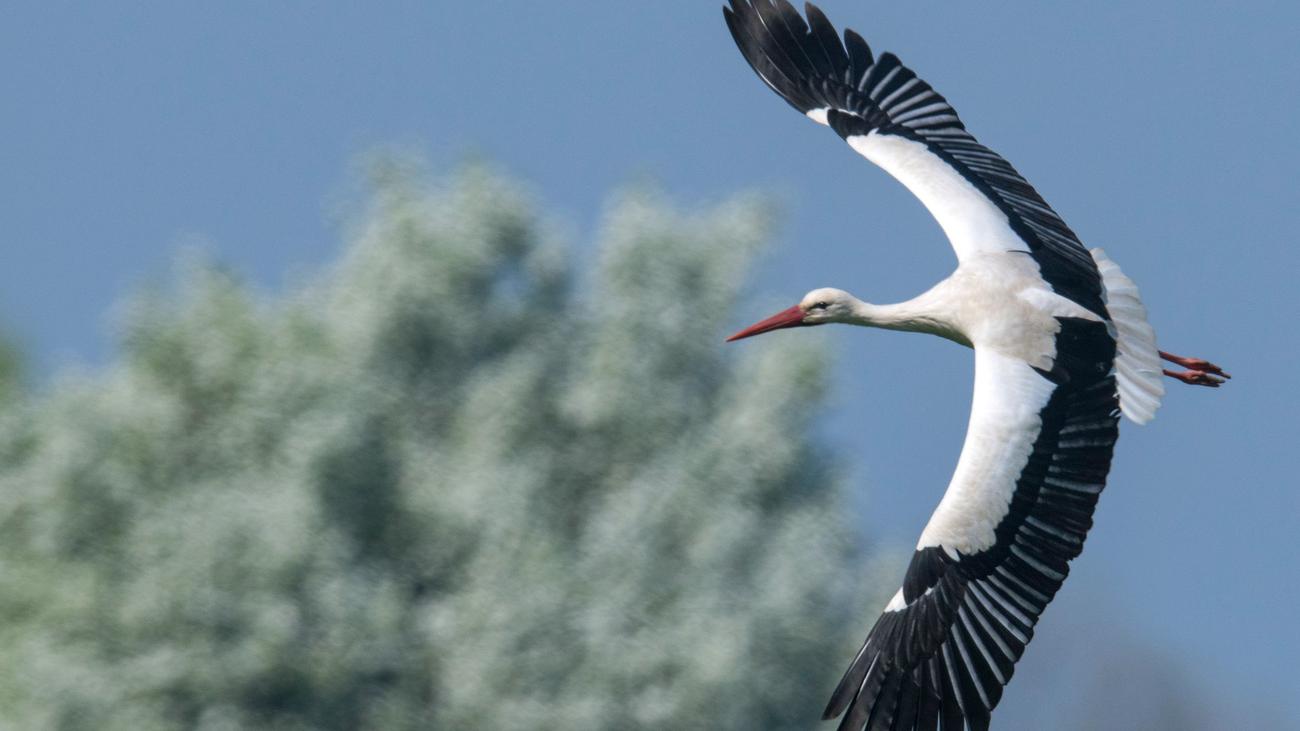
Significant Return of Storks to Rhineland-Palatinate
With spring in the air, Rheinland-Palatinate is witnessing a surge in the return of storks from their winter retreats. An estimated third of the stork population has already settled into their summer quarters, according to Jessica Lehmann of the Rhineland-Palatinate Stork Center in Bornheim. Numerous other storks are still making their way back from the south, with their movements being tracked through the Animal Tracker app, as Lehmann shared with the Deutsche Presse-Agentur.
Sissi, the "transmitter stork," embarked on her journey from Senegal back in January. However, the return flight is a lengthy one, as Lehmann emphasized. "The birds depend on favorable winds for their journey." On the other hand, storks wintering in France and Spain have already made their way back, with new reports of stork sightings emerging daily in Rhineland-Palatinate.
Typically, male storks are the first to return to their nests, but exceptions occur among female storks as well, Lehmann explained. "Some individuals may rest in foreign nests before continuing their journey. Storks exhibit a preference for returning to the same nests year after year, which is why nest removal can significantly disrupt their population."
Storks have long been prevalent in the Palatinate and Rheinhessen regions. In recent years, however, sightings have become increasingly common in the Hunsrück, Eifel, and Westerwald areas.
"A stork pair has been nesting in the Westerwald since 2021. It’s not unlikely that more storks may follow suit in the near future," Lehmann noted. Stork conservationists are hoping for a balanced weather pattern of sunshine and rain, providing ample sustenance for the birds and fostering healthy offspring. "Storks are considered indicator species," Lehmann emphasized, "as their well-being reflects the overall health of other species."
Historical Significance and Conservation Efforts
The return of storks to Rhineland-Palatinate not only heralds the arrival of spring but also holds historical significance. The region has a long-standing tradition of stork conservation, with the first stork protection association established in 1906. Today, numerous volunteer stork protectors monitor and care for the birds, ensuring the preservation of their habitat and nesting sites.
One significant conservation measure involves the installation of artificial nests on rooftops, chimneys, and utility poles. These structures provide alternative nesting options for storks, complementing the natural nest sites on trees and church towers. Furthermore, conservationists engage in educational initiatives to raise awareness about the importance of storks and their role in the ecosystem.
Symbiosis Between Storks and Humans
Storks and humans have coexisted for centuries, often forming a harmonious relationship. Farmers appreciate the presence of storks on their land, as the birds consume insects and rodents that can damage crops. In turn, storks benefit from the open landscapes and agricultural activities that provide ample food sources.
The presence of storks in human settlements also adds an aesthetic charm. The birds’ nests, often perched atop chimneys and rooftops, have become iconic features of the Rhineland-Palatinate countryside.
Outlook for the Future
The resurgence of storks in Rhineland-Palatinate is a testament to the region’s commitment to conservation and the harmonious coexistence of nature and humans. The continued support of stork protection initiatives, balanced weather patterns, and the availability of suitable nesting sites will ensure the well-being of these majestic birds for generations to come.
As Lehmann concluded, "The return of storks fills us with joy and hope. It’s a reminder of the interconnectedness of nature and the importance of preserving our environment for the benefit of both wildlife and humans."
